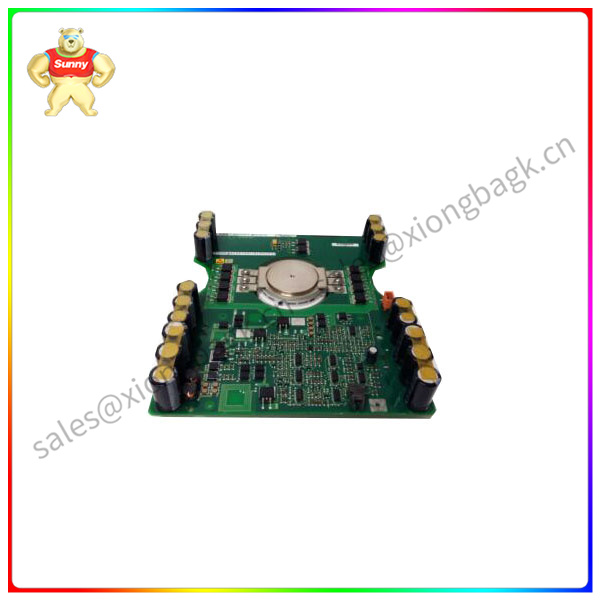The maintenance of industrial site equipment is inevitable, and the most embarrassing thing for field personnel is that people are still in the dangerous area, but the equipment is started. In this scenario, personnel are extremely vulnerable to serious injuries from moving parts, harmful gases, harmful rays, and high temperatures. The listing lock mechanism can effectively prevent this embarrassment, but the traditional mechanical lock is usually larger and heavier, and it is a burden for the on-site personnel to carry, and the selection of the appropriate mechanical door switch for the listing lock mechanism also needs to increase a lot of additional work and component costs.
There is also an extreme situation – the dangerous area is large, the scene personnel could have left the dangerous area from the nearest security door, but because of the implementation of the listing and locking, they have to return the original way…
How to break the game? Is there a technology or product that can realize that under the premise of ensuring safety requirements, both the volume of the key/lock can be reduced and the selection of the safety door switch has no special requirements, and the field personnel can choose the optimal exit path according to the actual situation.
The answer is yes! PILZ’s Key in Pocket technology makes it all possible.

5SHX06F6004
Uncovering “Key in Pocket” technology
The implementation of Key in Pocket technology requires two parts: hardware and software. The hardware part consists of a PITreader access device and a security controller – PNOZ m B1 or PSS 4000; The software part is composed of the “Key-in-Pocket” software function block, “Blind Spot” software function block and “Delete Sign in List” software function block in the PNOZmulti Configuration or PAS4000 software tool.
The PITgate Box device with integrated PITreader and operation button can be selected as the safety door operation Box. The two custom buttons on the PITgate Box are used to handle the locking/unlocking operation of the safety door switch and the operation of personnel check-in and check-out respectively. The PITreader on the PITgate Box is responsible for reading the permission and ID information of the electronic key. Through the Ethernet interface, the PITreader transmits the permission and ID information of the electronic key to the PNOZ m B1 or PSS 4000. By invoking related software function blocks in PNOZmulti Configurator or PAS4000, the corresponding software tool of PNOZ mB1 or PSS 4000, you can determine whether the current electronic key can lock/unlock the security door permission, and you can also check in and out personnel information. Devices in the danger zone can be restarted only after all the sign-ins in the registration form have been checked out.
If there are multiple security doors in the site environment, personnel can check in from different security doors to work in the dangerous area, and then check out from the nearest security door to leave the dangerous area, so as to improve the work path efficiency of personnel on site. Multiple PITgate boxes on site can be connected to the same PNOZ m B1 or PSS 4000 and share a personnel registration form. If the blind spot inspection operation needs to be performed on site, a separate PITreader permission reading device can be installed at a special location on site. The last person leaving the dangerous area can use this PITreader to confirm that the blind spot is free of people, and then leave the dangerous area, and the device can be restarted
 中文版
中文版




